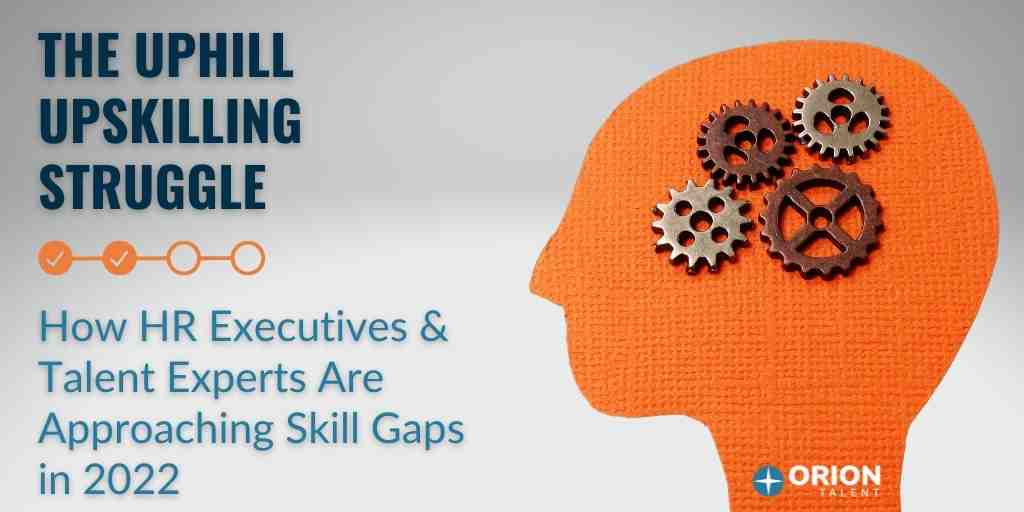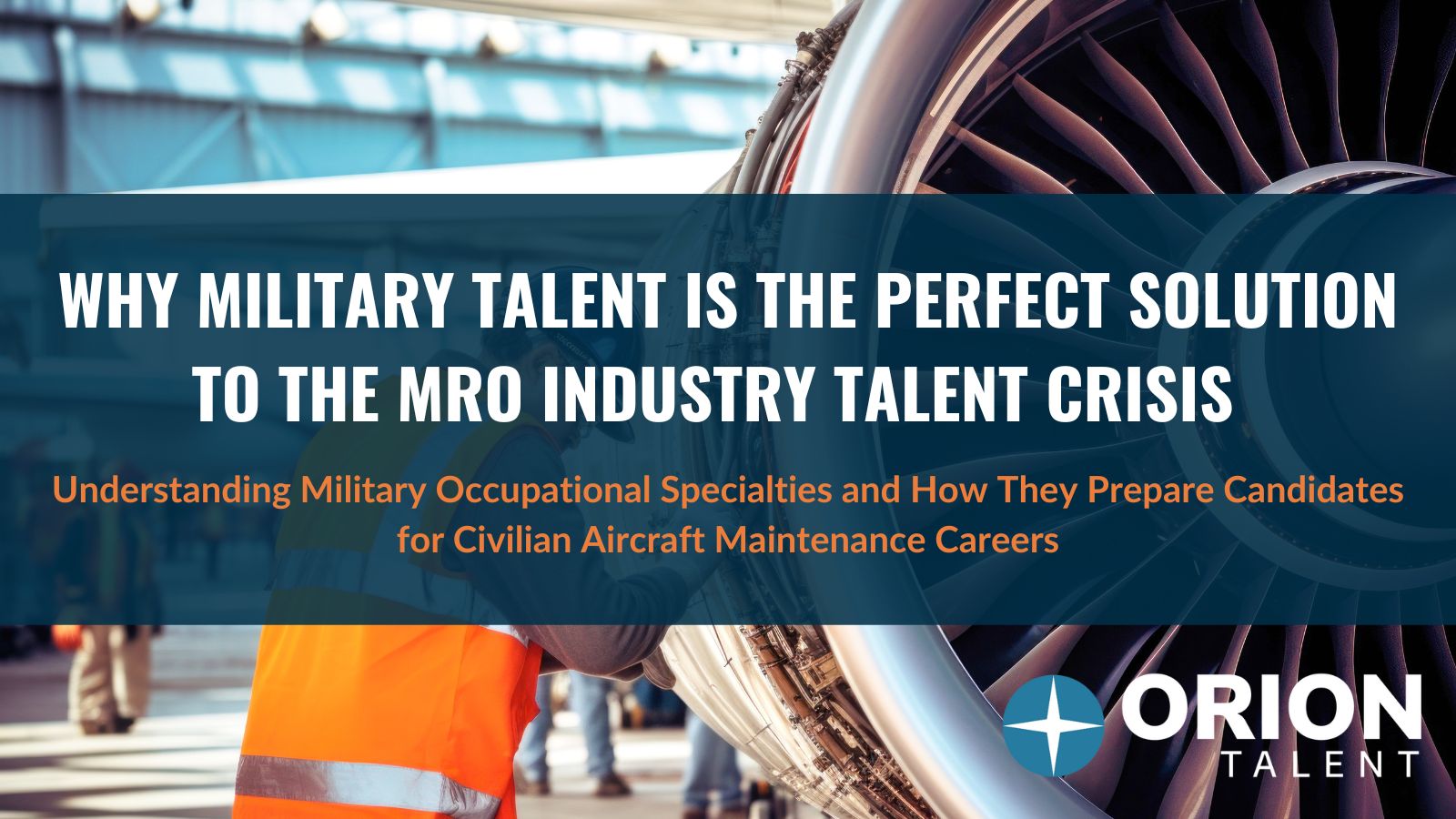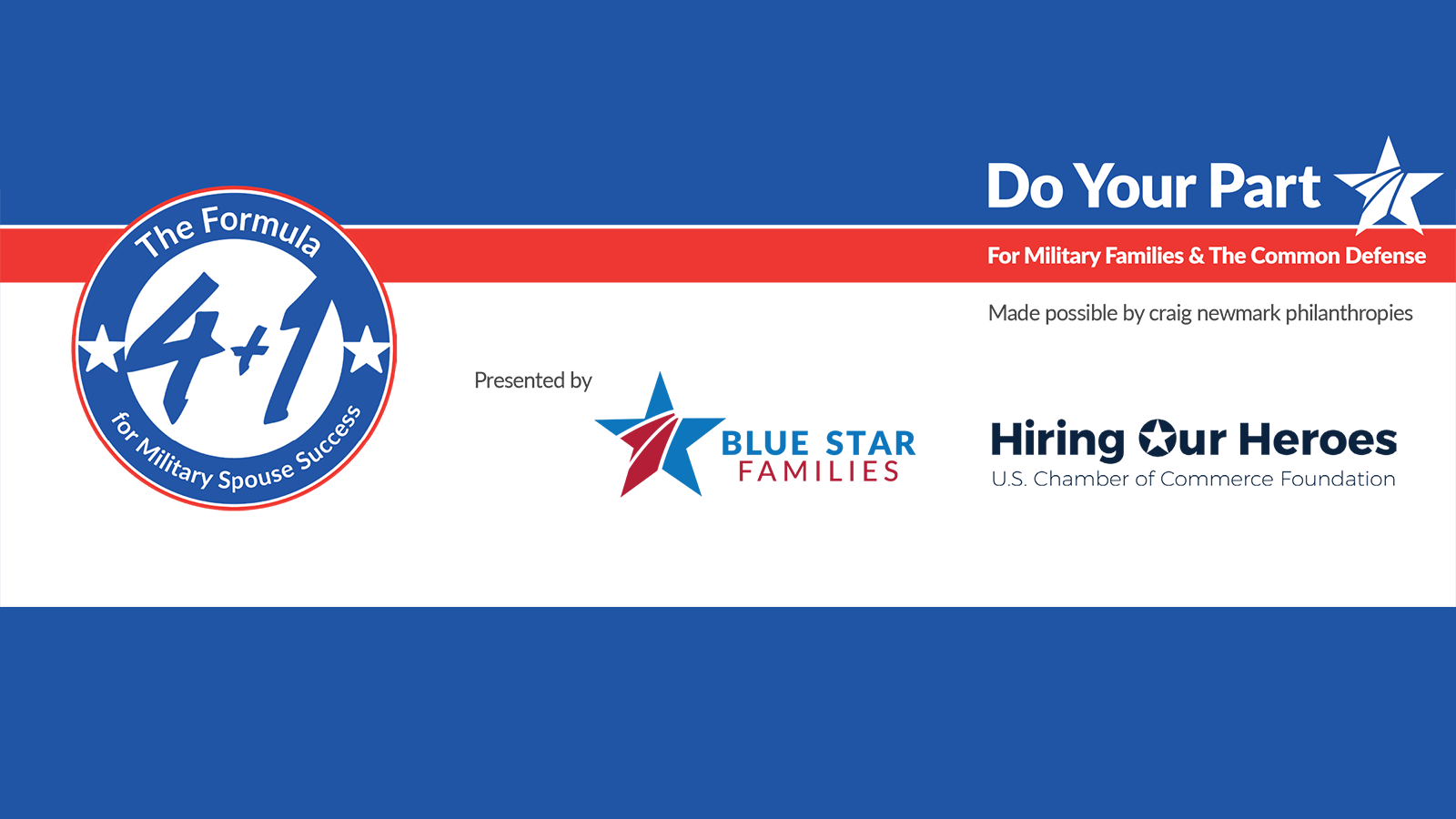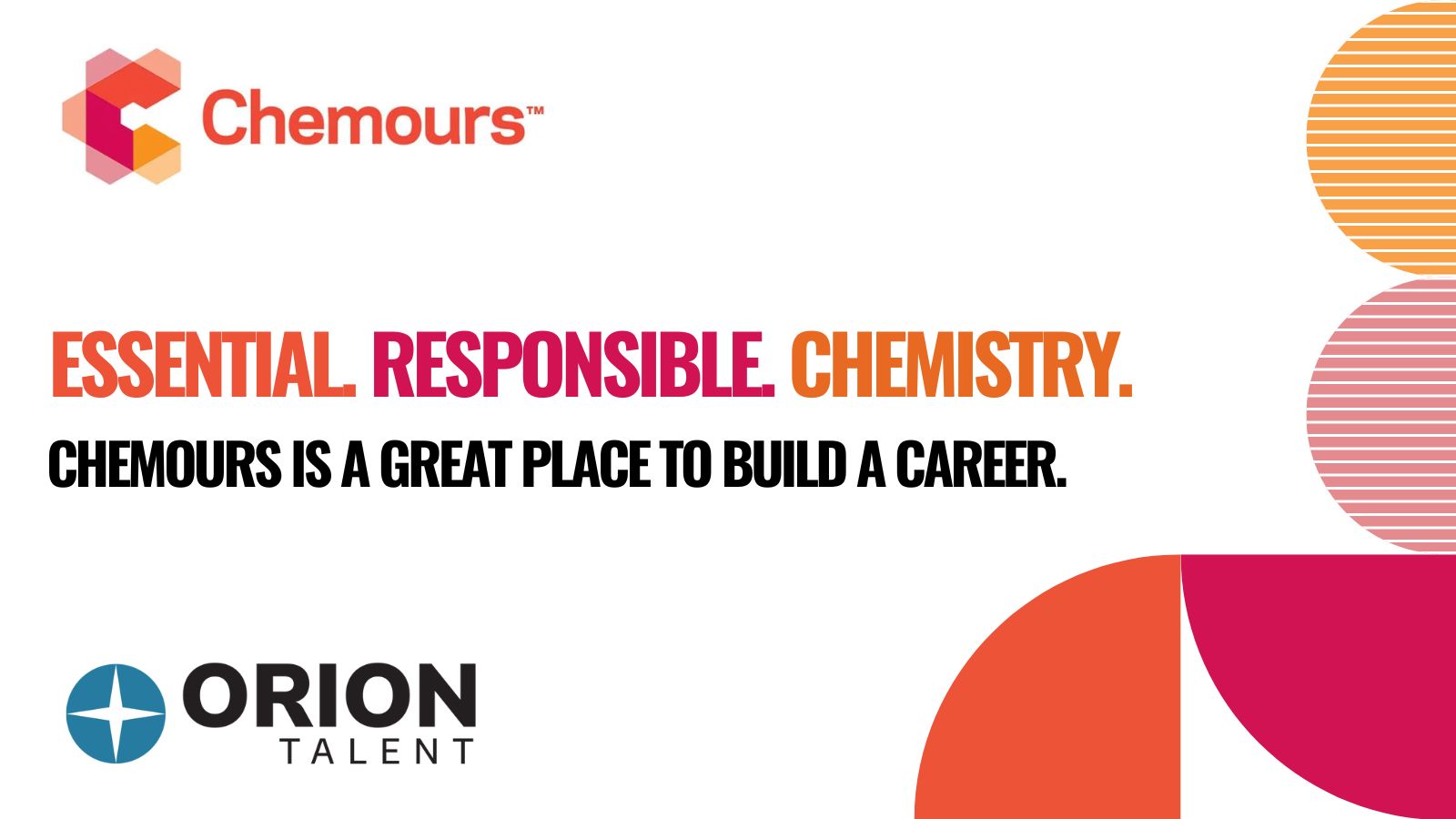
Orion Talent’s HR Executive Roundtable—a meeting of senior HR and employment leaders whom Orion gathers every few months to discuss hot topics in the world of talent acquisition—convened at the end of January to discuss a current talent challenge: upskilling. As clever and simple as the name and idea are, upskilling continues to be a complicated way to solve talent gaps for most businesses.
With the roundtable attendees in full agreement that recruitment and retention challenges were not abating with the change of the year, the group discussed what’s working and what needs to change around upskilling to advance employee competencies and put a dent in skill gaps. Below is a summary of their thoughts and insights on what’s working, what’s not, and some ideas on what can be done.
What IS Working?
Adjusting Job Requirements
The roundtable leaders spoke about letting go of old requirements, such as degrees for certain roles, and how that has opened up the recruiting talent pool. How does that apply to upskilling? That same process can be applied to learning and development opportunities inside the business. Loosening requirements for internal training and upskilling programs can not only accelerate talent development, it can also boost retention. Employees who feel valued and invested in are less likely to leave.
Tips: Rather than always using degrees and other educational metrics as the measure of employee knowledge and capacity, businesses can leverage skill and leadership assessments as ways to identify team members for development. It’s also important to ensure upskilling programs are communicated to the entire workforce and that there is career pathing support in place for entry and mid-level employees (not just managers and executives).
Rewarding Upskillers
An interesting point made by the roundtable participants is that upskilling does not have to occur through the employer. Several roundtable participants said their companies are rewarding those who upskill on their own time and dime by providing tuition reimbursement. This allows employees to embrace learning on their own time while keeping the skills they gain in house.
Learning Platforms
Several leaders spoke of the incredible functionality of the learning platforms their organizations have in place. The content is rich, and the flexibility to learn anywhere has expanded how and when employees can upskill.
Tips: One way to maximize the value of learning platforms is to ensure internal talent mobility processes and systems are working. Do employees know their internal career path options? Do they understand the skills and experience required to advance? Are managers helping their teams map potential career paths and identify skills to learn? To make the most out of today’s incredible learning tools, make sure employees can put them to productive work with a good talent mobility program.
What IS NOT Working?
Hiring Managers
While most senior leaders in a business tend to offer full support to upskilling programs, the HR Executive Roundtable attendees revealed that hiring managers are often less enthusiastic about upskilling versus hiring. Most hiring managers are impatient and would rather not wait four to six weeks for an internal team member to be trained and skilled. The idea of losing weeks of productivity while someone is trained keeps them from endorsing and pursuing the upskilling approach.
What might help? Educating hiring managers on the true time and cost of new hires and incentivizing internal teams to identify high-potential candidates for upskilling. Once a few well skilled internal candidates make it onto their teams, hiring managers will become upskilling fans.
Fighting Burnout & Boredom
Several roundtable participants spoke of the burnout that is rampant among their workforces. Whether it’s a silent resignation of those who are disengaging from their work and colleagues to people outright quitting, talent leaders are worried about what added training and learning might do to already weary teams. Others mentioned that it’s hard to figure out who is burnt out on the job and who is bored.
Tips: Ensure upskilling opportunities are not something employees have to add to their already busy work schedules. Free up work hours for training and reallocate their deliverables, so that they can focus on gaining new skills without the stress of other work pressures. This demonstrates both respect for employees’ time and the company’s commitment to investing in the skills.
Education Funnel
One point of strong agreement among our January cohort of HR Executives and talent acquisition leaders was that the education system is not preparing the next generation of talent for workplaces. The roundtable participants felt the lack of skilled labor and well-trained entry-level workers can be tied directly to an education system that is overlooking many of the critical skill needs and gaps across the U.S. workforce.
Can Anything Be Done? Some HR and talent acquisition leaders are going directly to the source, visiting high schools to ensure young people are learning about alternative career options. Some are creating apprenticeship and training programs designed to help new workers gain the skills their businesses need and save money for certification programs and/or college. A great example of this is the Department of Defense SkillBridge which offers internship and pre-apprenticeship opportunities to transitioning service members. Because the U.S. Department of Defense pays service member's salary and benefits while the service member while they participate in a SkillBridge program during their final 180 days of service, there is no cost for leveraging and upskilling this unique talent pool. You can learn more about becoming an Authorized Skillbridge Organization here. Above all, everyone agreed that major changes to American education need to occur in order to foster the talent businesses need.
Want more?
Be on the lookout for more insights from our upcoming Q2 HR Executive Roundtable Panel. In the meantime, though, you can get more talent acquisition insights in Orion Talent’s monthly newsletter here.
Archives
- April 2025
- March 2025
- February 2025
- October 2024
- May 2024
- March 2024
- February 2024
- January 2024
- December 2023
- November 2023
- October 2023
- September 2023
- August 2023
- July 2023
- June 2023
- May 2023
- April 2023
- March 2023
- February 2023
- January 2023
- December 2022
- November 2022
- October 2022
- September 2022
- August 2022
- July 2022
- June 2022
- May 2022
- April 2022
- March 2022
- February 2022
- January 2022
- December 2021
- November 2021
- October 2021
- September 2021
- August 2021
- July 2021
- June 2021
- May 2021
- April 2021
- March 2021
- February 2021
- January 2021
- December 2020
- November 2020
- October 2020
- September 2020
- August 2020
- July 2020
- June 2020
- May 2020
- April 2020
- March 2020
- February 2020
- January 2020
- December 2019
- November 2019
- October 2019
- September 2019
- August 2019
- July 2019
- June 2019
- May 2019
- April 2019
- March 2019
- February 2019
- January 2019
- December 2018
- November 2018
- October 2018
- September 2018
- August 2018
- July 2018
- June 2018
- May 2018
- April 2018
- March 2018
- February 2018
- January 2018
- December 2017
- November 2017
- October 2017
- September 2017
- August 2017
- July 2017
- June 2017
- May 2017
- March 2017
- February 2017
- January 2017
 RSS Feed
RSS Feed
Subscribe to Orion's Blog
Featured Blogs





.jpg)















